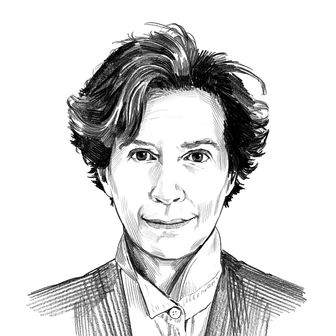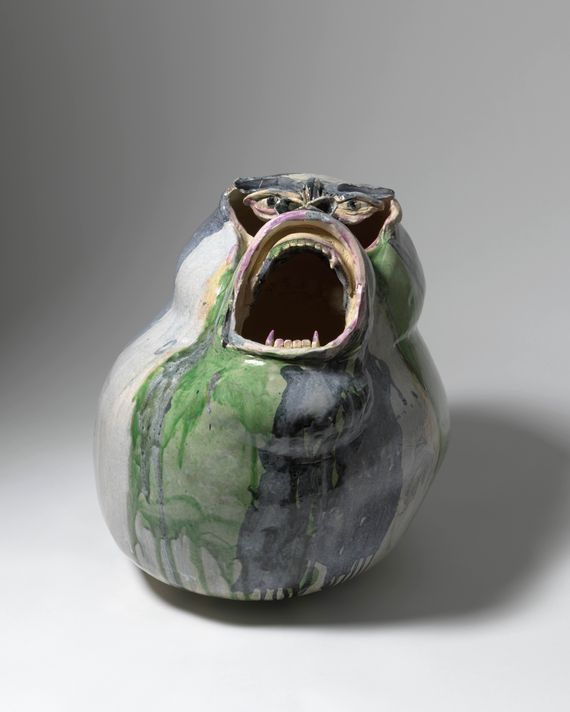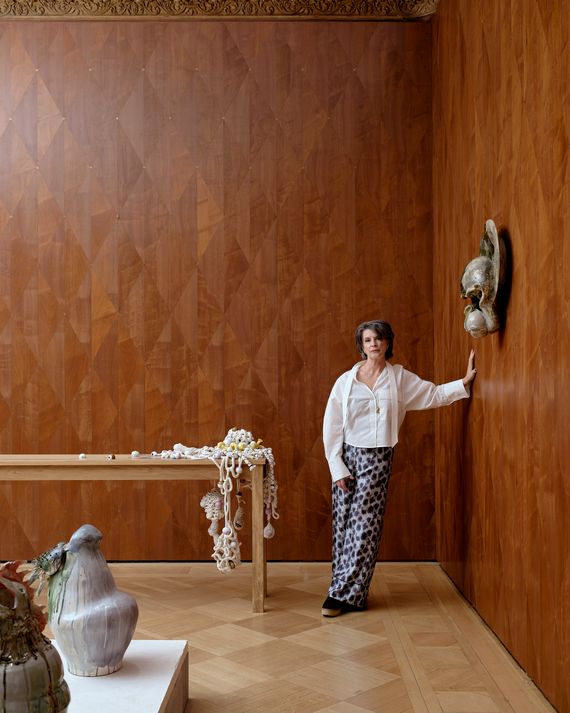
Dutch designer Hella Jongerius has always brought the handmade into modern manufacturing processes, often finding the form in the material and the machines that shape it. This spirit of experimentation is visible in her furniture, ceramics, and textiles, which emphasize imperfection rather than avoiding it. Since starting her own studio, Jongeriuslab, in 1993, she’s translated that approach over to many brand collaborations, including with Maharam, Vitra, Ikea, KLM, and Nymphenburg. Now, though, she’s embarked on a less commercial path to focus on the relationship between design and the natural world.
Salon 94’s exhibition of the gallery’s collaboration with Jongerius, “Roped Beings,” marks the first time she has had a solo exhibition in New York since the work she created for the North Delegates Lounge at the United Nations was unveiled over ten years ago.
She describes this current chapter as “an escape.” Jongerius’s work with brands often pushed the limits of what could be marketable, but in the last few years, she felt those limits more acutely. “I don’t want to have straight answers,” she says, recalling how her experimental weaving often prompted questions from corporate partners. “I wanted to get lost in my questions.”
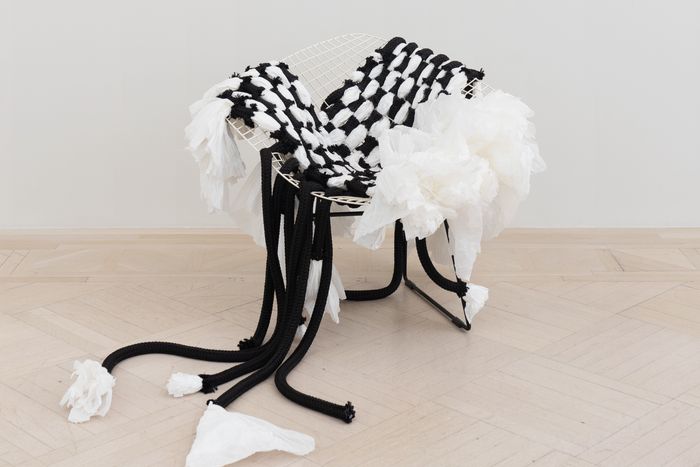
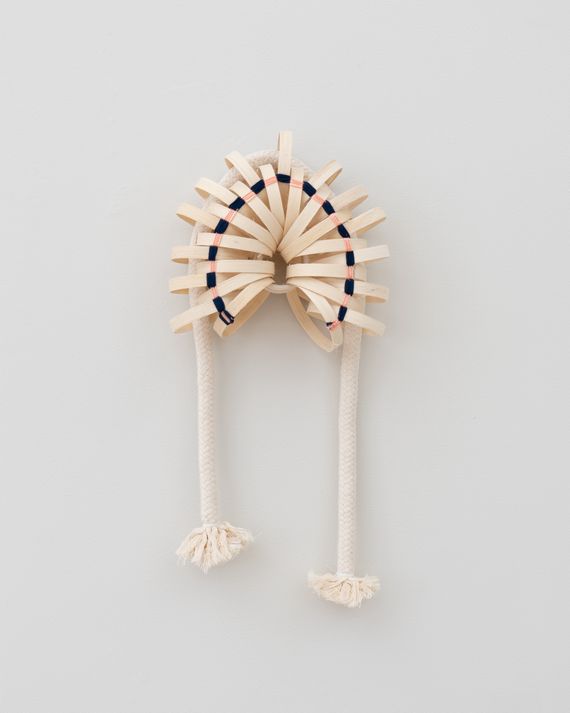
Jongerius’s show at Salon 94 is divided into three parts: Bead Table series, Angry Animals ceramics, and experimental textile studies. All touch on distinct elements of Jongerius’s past design work — the beads, for example, draw from the beaded ceramic curtains she made for the United Nations lounge. The textiles mounted on the wall are studies pulled from her years of experimenting with weaving.
Perhaps the most puzzling new works in the show are her bead-draped tables on the third floor. Each tabletop seems to be topped with a random, disorganized jumble of ceramic beads and woven rope, but they all follow a design scheme oriented around grids. “There are three grids on each table,” she says. “One knot, one net, and the grid is on the tablecloth.” Like her 2009 Frog Table, Jongerius makes us question the functionality of furniture with her interventions. Do the heaps of beads and ropes make the tables any less useful, or do they function differently in their altered state?
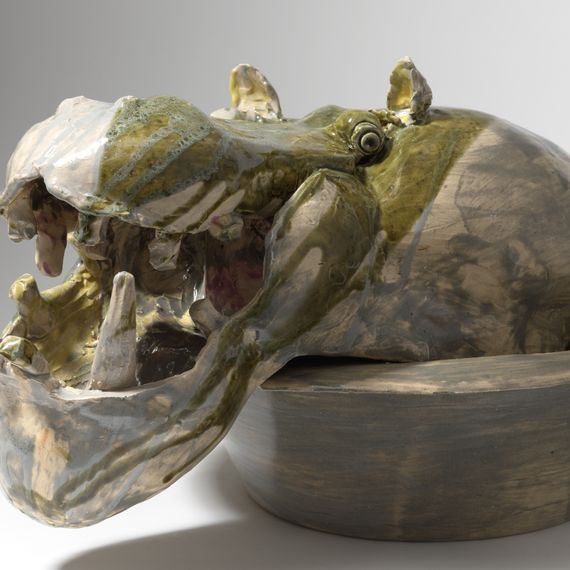
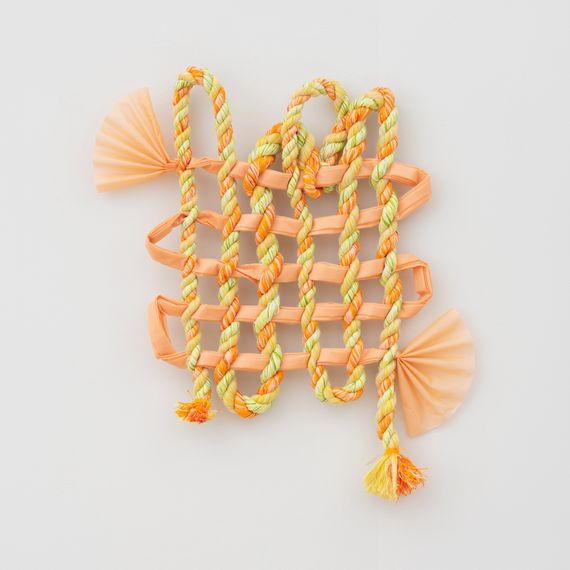
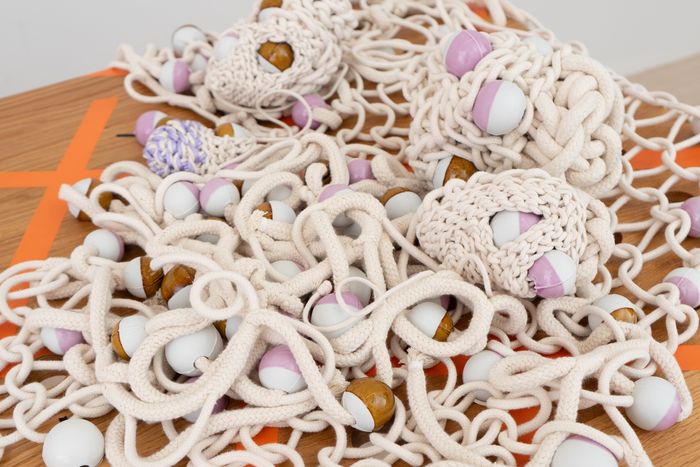
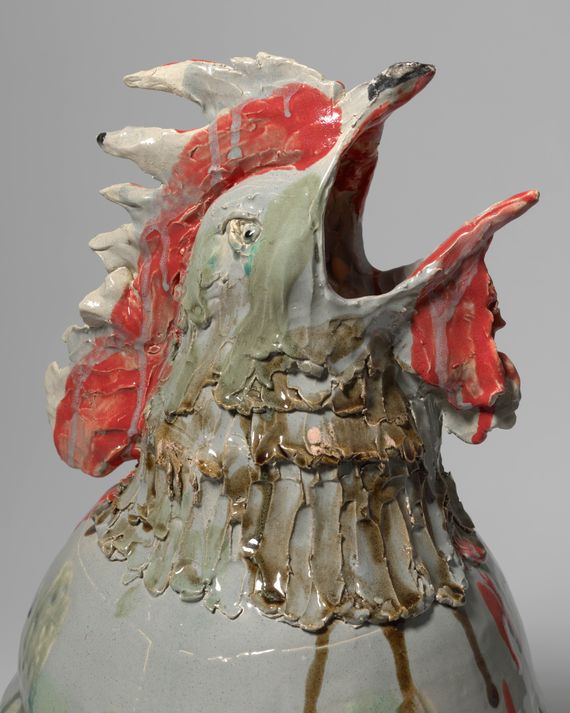
Arguably, though, the stars of the show are her ceramic Angry Animals. Jongerius has worked with animal motifs all her life, and her process for making them was not very different from her approach in general; working with the clay and following her intuition, she lets animal-like characteristics emerge. But this was the first time they appeared to her as angry. “I start with the material and then I start to play, and then suddenly the face starts to appear,” she says.
Jongerius gestures to a monkey. “This is Claudia,” she says. “She’s on the invitation; I like her very much. She doesn’t come from a mold. The other ones are half-face, half-plate. She is a free spirit. I put the teeth in by hand, like a dentist.”
More From This Series
- The Artist Making Furniture Out of Real Flowers and Toy Ants
- The Artist Making Furniture Out of Felted Concrete
- An Installation of Clothes, Cardboard, and Plywood Takes Over the Japan Society


